
Forests Warm & Moist enough for trees

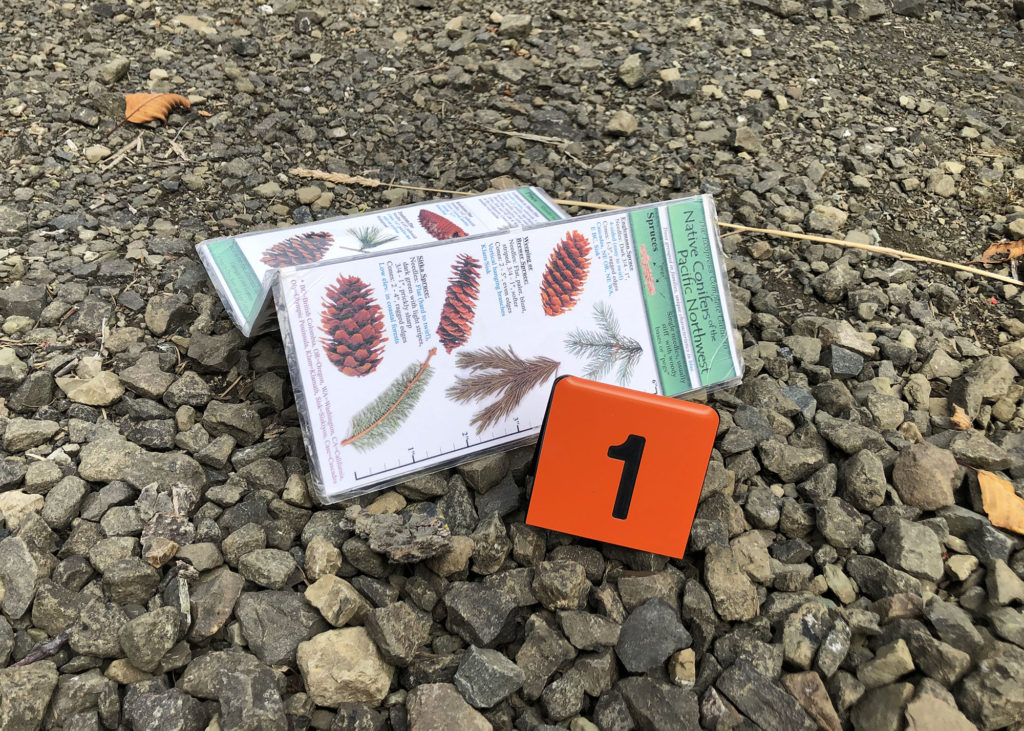
Forest Outcomes
-
Compare and contrast the characteristics of taiga forests, temperate forests, and tropical rainforests.
-
Describe characteristics of ferns and mosses, plants commonly found in forests.
-
Distinguish between five types of conifers: pine, fir, spruce, cedar, and sequoia.
This is already the last week of the course, summer term is so fast!
This week is a lot like the second week of the course: this 4A Guide has the typical two journal pages and quiz. The 4B Guide is shorter with two journal pages and submitting the completed journal (all 16 pages put together), but no quiz. The 4A assignments are due Wednesday as usual. The 4B assignments are due on Friday (not Saturday) and after they are submitted, the course is completed.
We are starting this terrestrial biome guide with forests.
As you go through the different types of forests, consider how it would be different to be standing in a taiga coniferous forest than a temperate deciduous forest, or tropical rainforest.
Taiga – Boreal Coniferous Forests

Taiga, also called the boreal (northern) coniferous forests, are cold but have enough moisture to support tree growth.

It gets cold in the winter months, but not as cold as the more northern tundra, where a layer of soil water stays permanently frozen (permafrost). In the taiga it is warm and wet enough for the coniferous trees that photosynthesize year-round.
Countries with taiga typically have well-developed forestry industries, it is typically too cold and dry for grain agriculture. Although these forests are the most stable, there have been increased large-scale fires in recent years.

Temperate Deciduous & Coniferous Forests
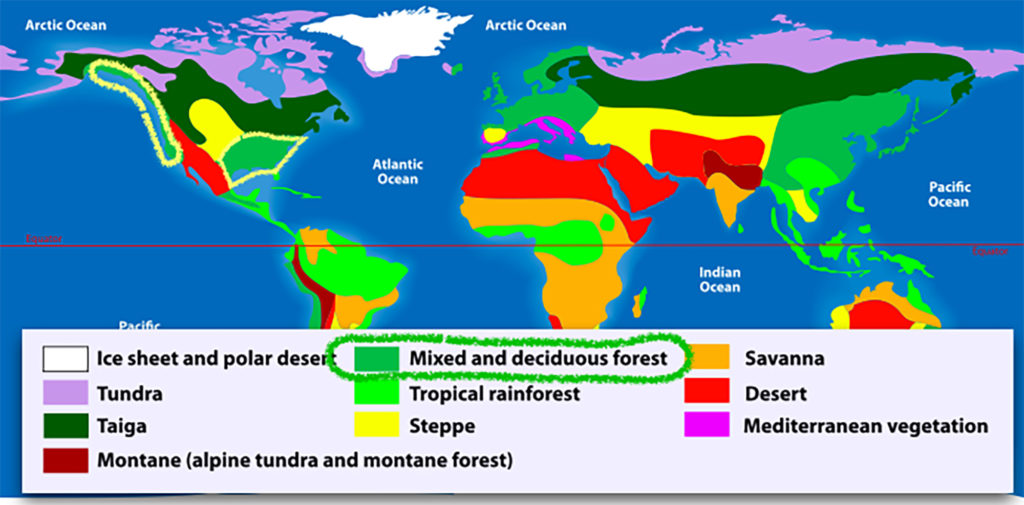
Temperate means moderate, and that describe these forests’ climate: not too hot and wet like a tropical rainforest; not too cold or drier like the taiga.

Temperate deciduous forests are found in regions that are slightly warmer and wetter when these trees do most of their growing. But the climate conditions are so similar to temperate coniferous, forests can be mixed with both types of trees.

Most of the world’s temperate forests are managed to produce wood and wood products. It has been challenging to retain natural forest (and stream) habitat for organisms and tourism at the same time as accommodating the economic and cultural needs of the forestry industry.
Forest fire management practices have changed significantly in recent decades with the realization that small frequent fires are more valuable than occasional huge fires.

Managing a forest means balancing multiple interests. What are the different interests being served by the managed forest in this video?
Many forests are managed to primarily produce timber. Clear-cutting is a forestry practice of removing all the trees at once, which is less expensive and can be safer. What are potential downsides to removing all of the trees, especially on slopes?
Tropical Rainforests

Tropical rainforests are found at, or close to, the equator. Direct sunlight rays heat the Earth’s surface and drive a continual cycle of evaporation and precipitation.

This is a dramatic temperature and precipitation chart! High temperatures and high precipitation all year.
Layers of trees dominate this ecosystem, the canopy is so dense, it looks like you can walk across it. A few species of trees are tall enough to emerge above the canopy, accessing sunlight.
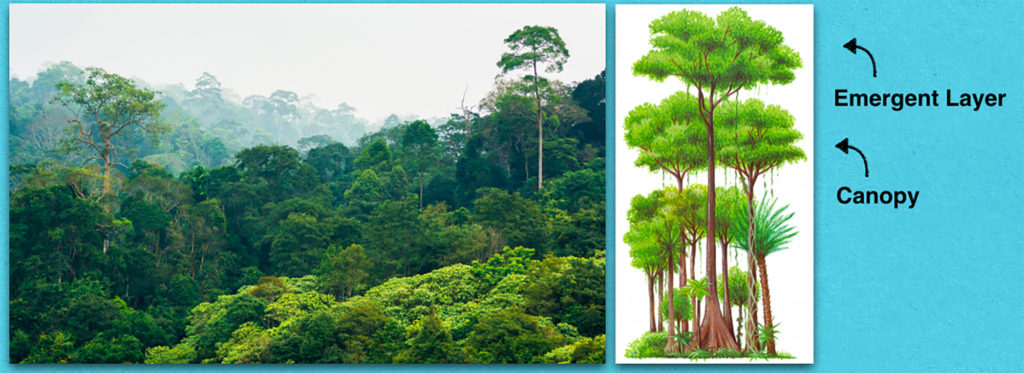

The forest floor can be light limited and plants can have large leaves to trap available sunlight. Some of these plants are popular houseplants due to their massive leaves and lower light requirements.
To access light, some plants climb up the stems of other larger species (lianas) and some trees grow entirely up on high branches, roots and all (epiphytes).

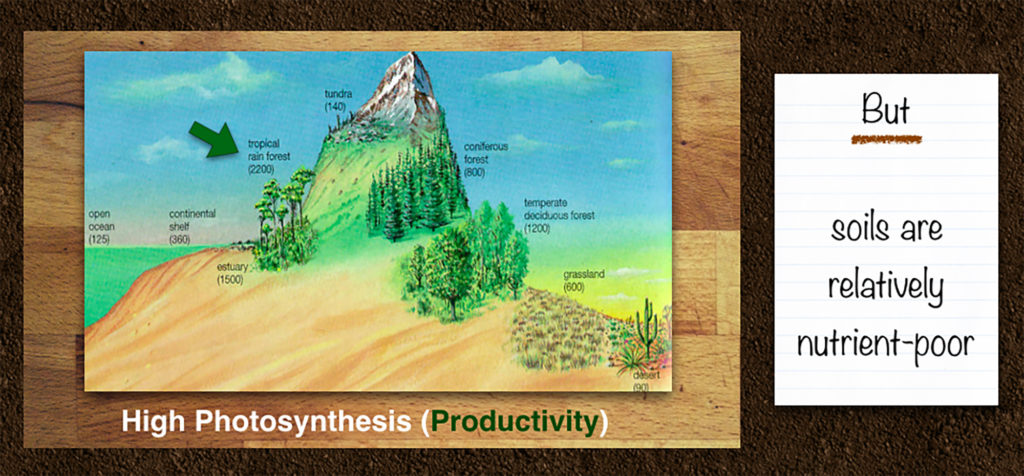
Tropical rainforests have high levels of productivity that supports the highest biodiversity of any terrestrial ecosystem.
But if you pick up a handful of soil, it can be surprisingly nutrient-poor; less nutrients than grasslands or temperate forests.
Where are the nutrients?
When you walk through a forest, it is like being in another world. The light filters through leaves, sound is muffled by the vegetation, and moisture can be high.
Below the canopy of tallest tree branches, there are various layers of growth. The “understory” layers include the forest floor. Ferns and mosses commonly thrive in these high moisture environments.
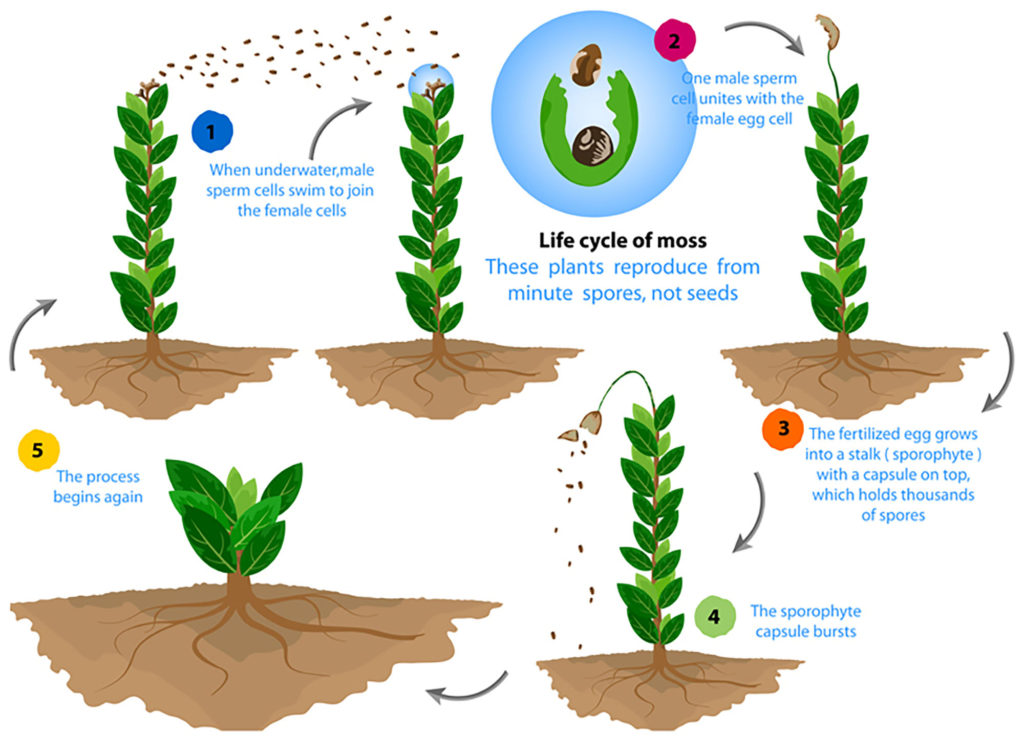
Moss are found throughout a wide range of forests.
From earlier in the course, are mosses vascular or nonvascular plants?
Are ferns vascular or nonvascular?
Ferns have significantly different life cycles than moss. In moss, the spores are produced by small specialized structures called sporophytes. In ferns, spores are produced on the fronds (leaves).
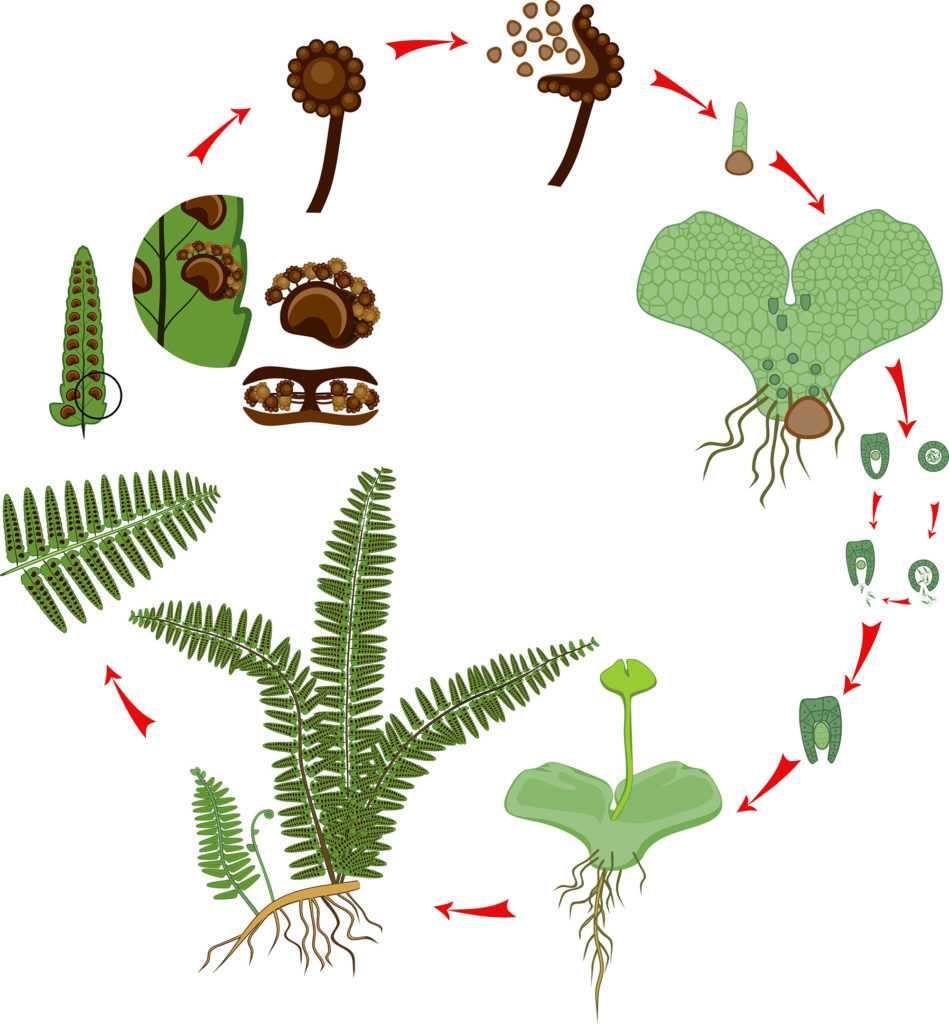
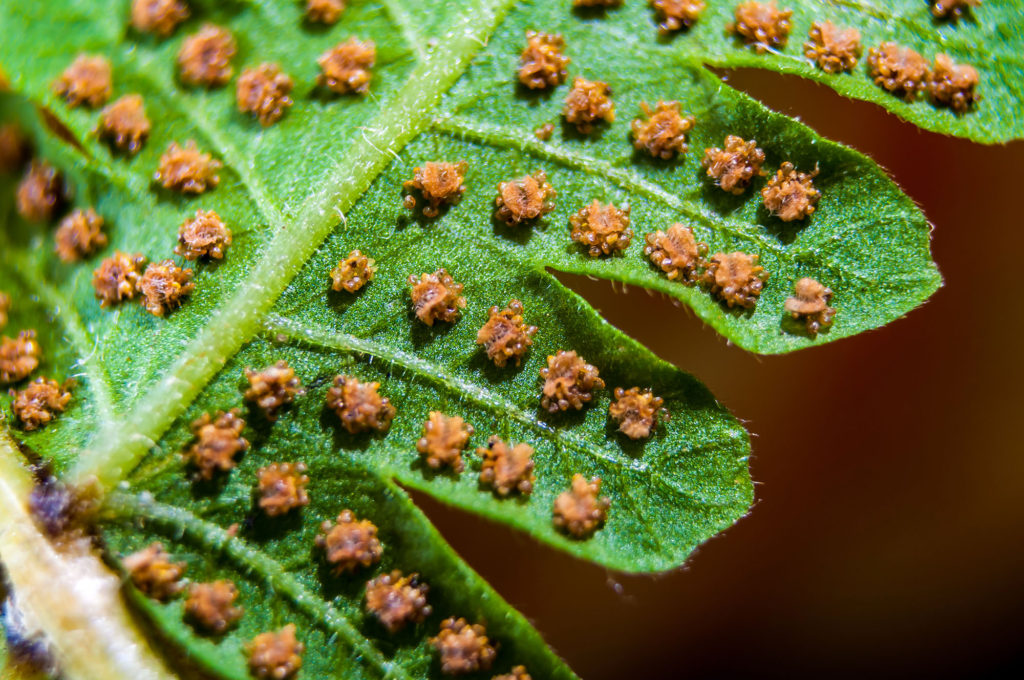
A close-up of the sori; packets of spores found on the bottom of a frond “leaf”.
Coniferous trees dominate the taiga and temperate coniferous forests.
This video introduces coniferous trees. You will be identifying coniferous trees in the next journal assignment.
From the class so far, are coniferous trees (conifers) taxonomically classified as gymnosperms or angiosperms?
Conifers trees bear their seeds in cones instead of fruits. List two different examples of coniferous trees.
When do conifers lose their leaves if not all at once like deciduous trees?
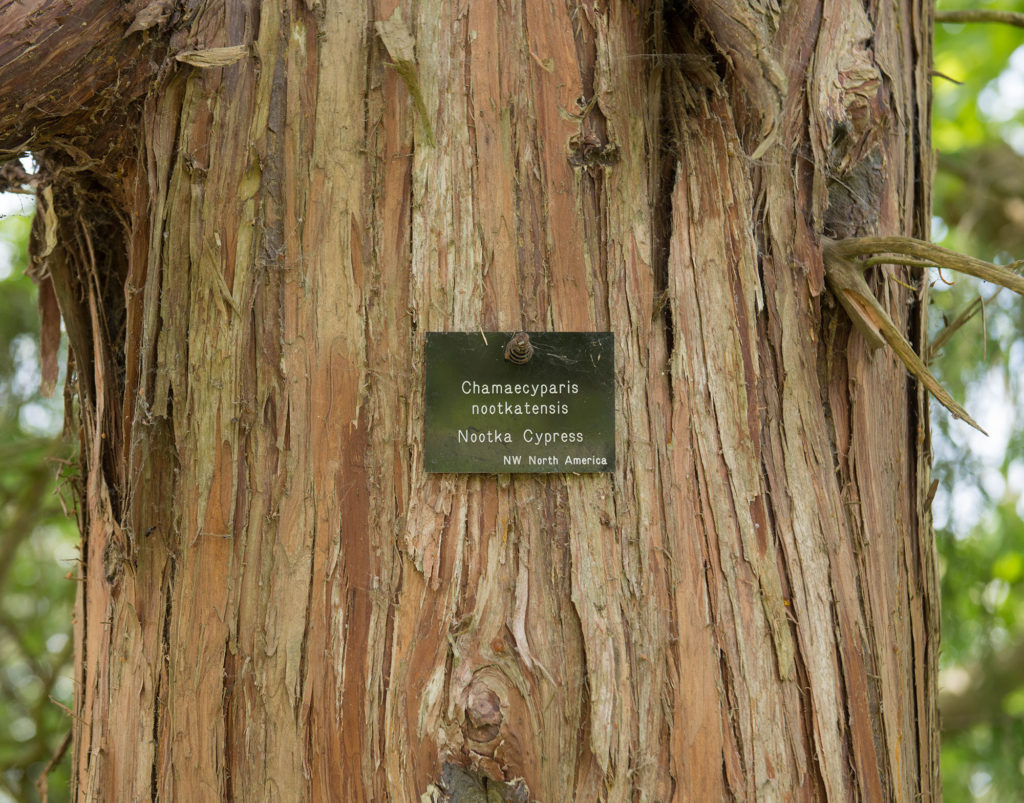
Conifers can be identified by bark, cone, leaves, and even overall shape.
We are using leaves as the method of classification as this works on even the youngest trees.
Often plants are identified using dichotomous “two-choice” keys, like this one.
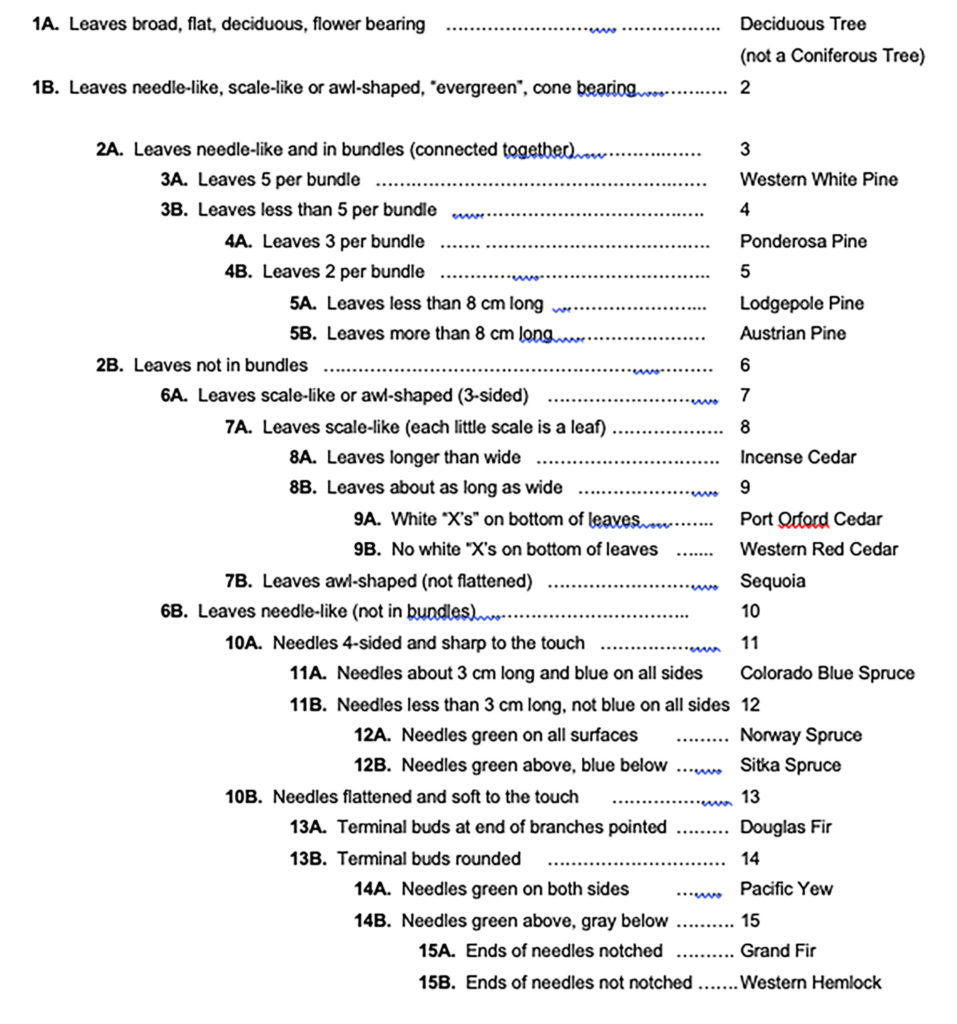
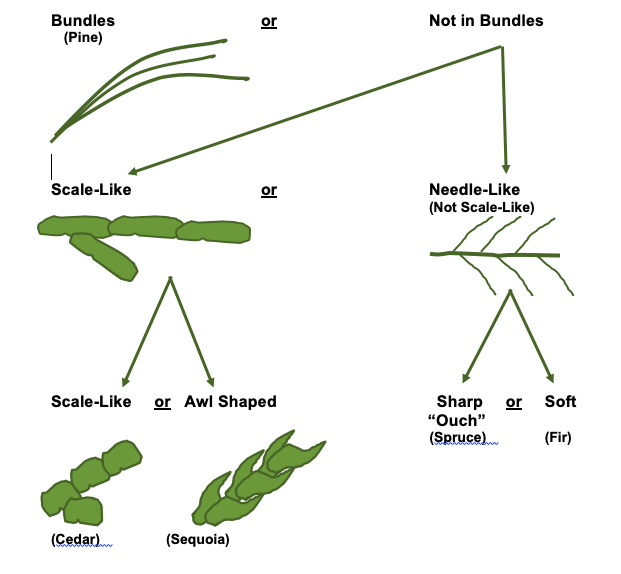
The other option is a visual key that uses two choices with picture cues.
To start using either of these keys to identify a conifer by its leaves, pick a leaf up from the ground under the tree.
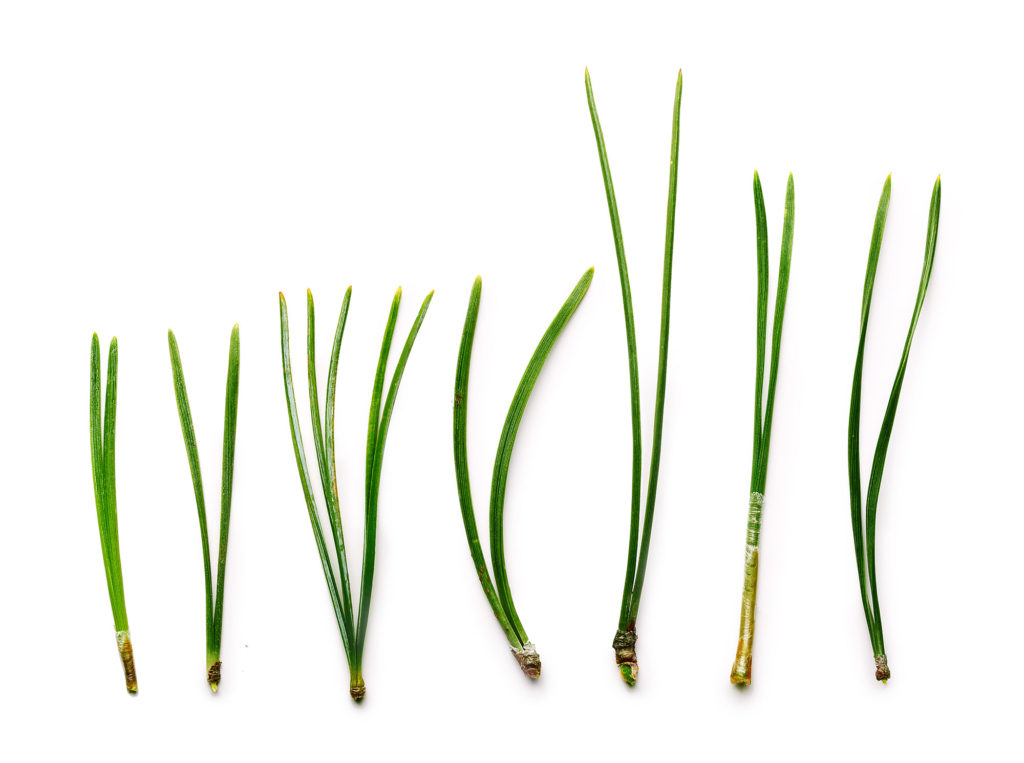
Determine whether the leaves are in bundles or not in bundles. These needle-shaped pine leaves are attached together at the base and are an example of a leaf bundle. When you pick them up off the ground, there are two, three or even five needles attached together in a bundle, depending on the species.
Pine trees are an example of needle-like leaves in a bundle.
These fir leaves are also needle-shaped but are not in bundles; each leaf falls off individually.
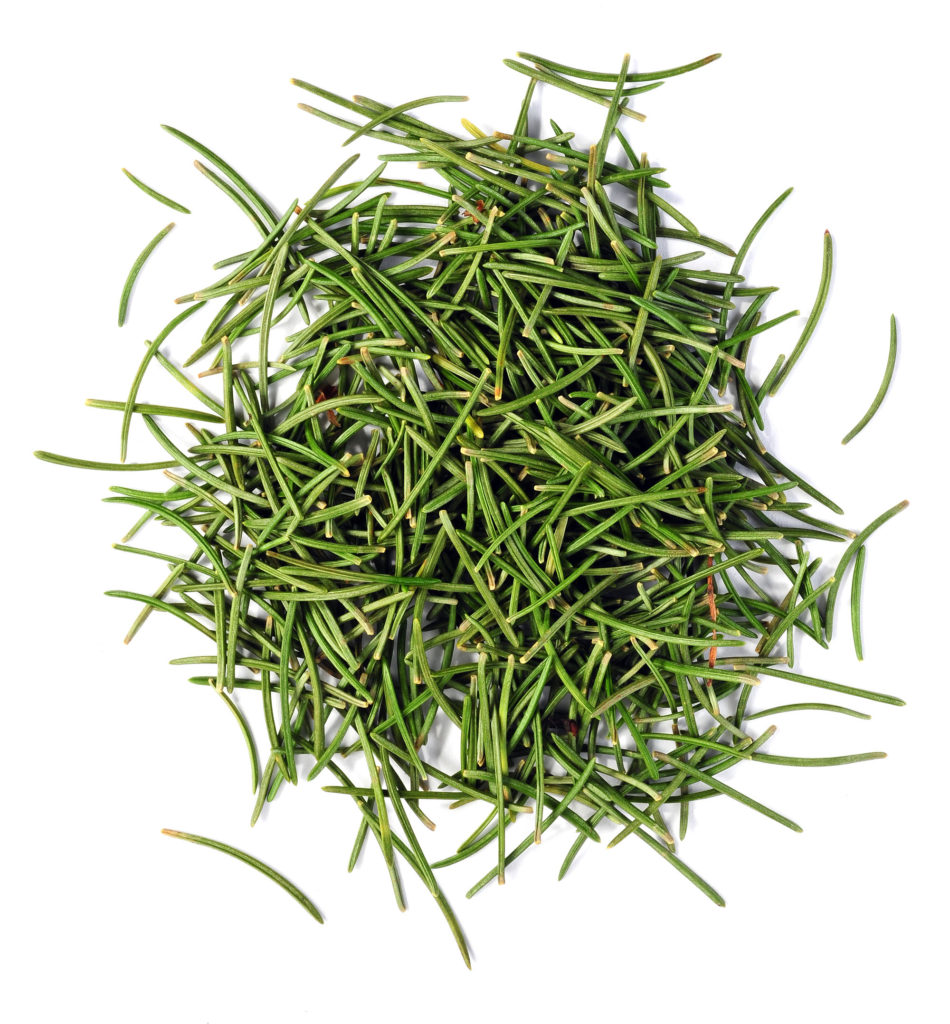
Both fir species and spruce species have needle-shaped leaves that are not in bundles. Typically the fir needles are softer, you can run a stem through your fingers easily. Generally the spruce leaves are sharp to the touch.
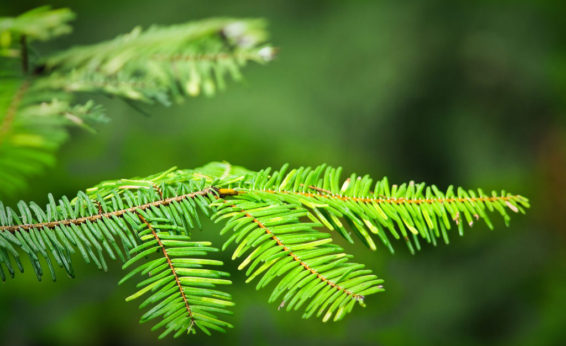
Fir
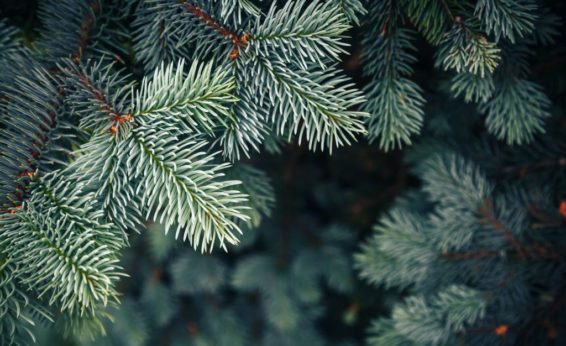
Spruce
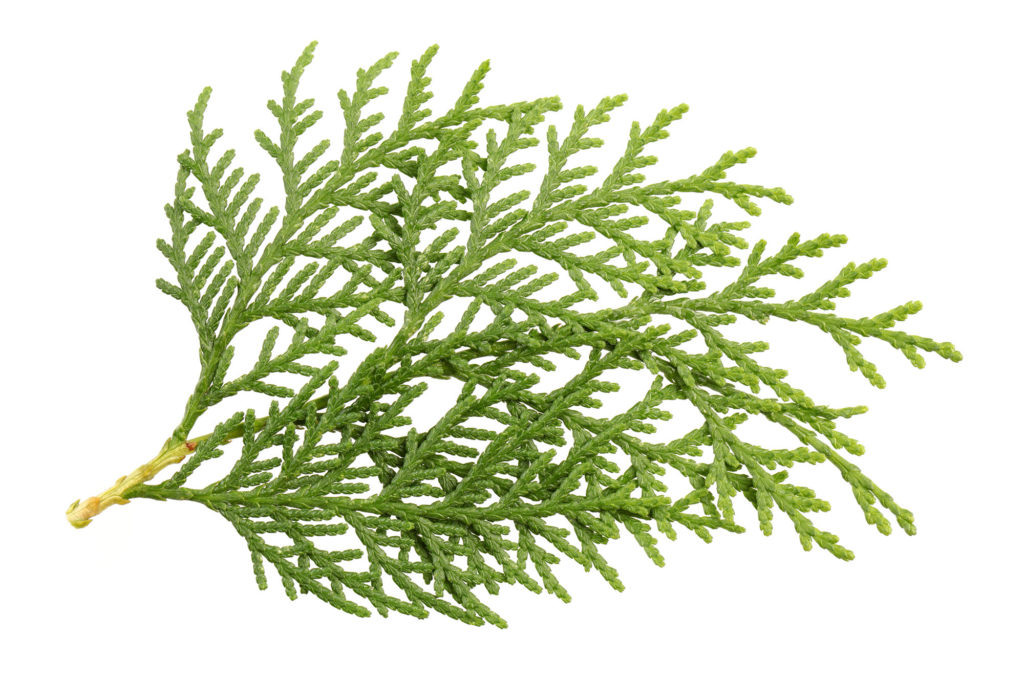
Not all conifers have needle-like leaves. The cedar pictured here has scale-like leaves that overlap.
Cedar leaves are scale-like and flattened. Sequoia also have scale-like leaves, but they are more three-dimensional and sharper to the touch.
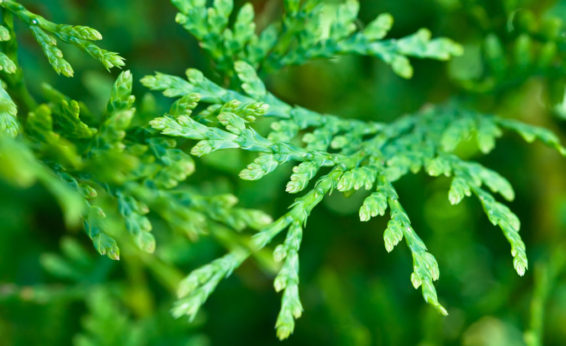
Cedar
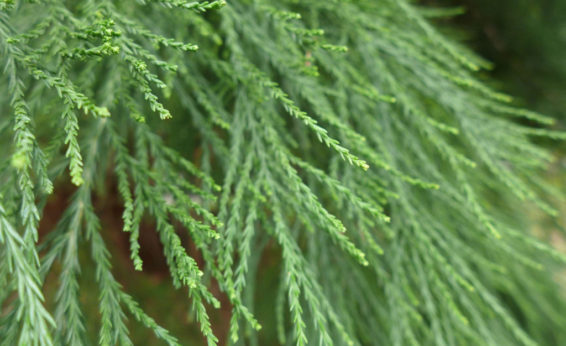
Sequoia
Is this a pine, fir, spruce, cedar, or sequoia?
Identify these two trees, choosing from pine, fir, spruce, cedar, or sequoia.
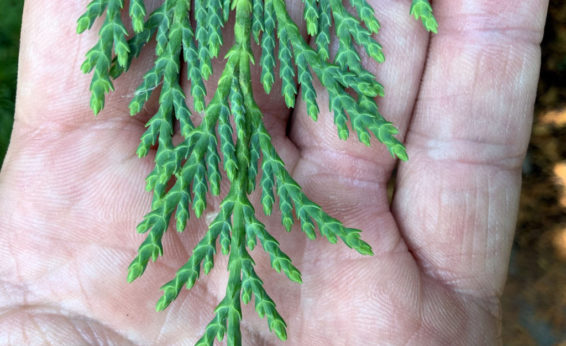
Flattened scale-like leaves
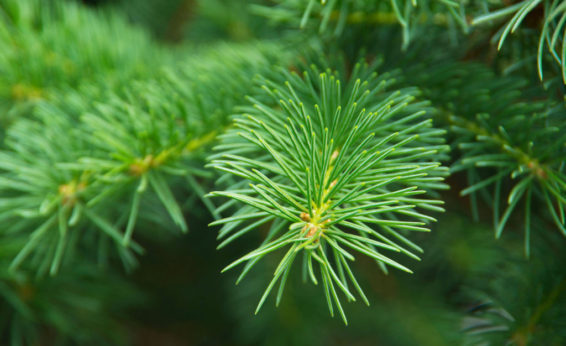
Leaves not in bundles & sharp to the touch
Start this Guide’s first journal assignment here
Journal Page #13: Conifer Identification
Videos are provided below of five different coniferous trees. Sketch and label the leaves (needles) of each and based on your descriptions, identify each tree.
You are turning in a journal page that is numbered (1 through 5) with a labeled sketch of each tree’s leaves (needles) and identification of each tree based on your description.
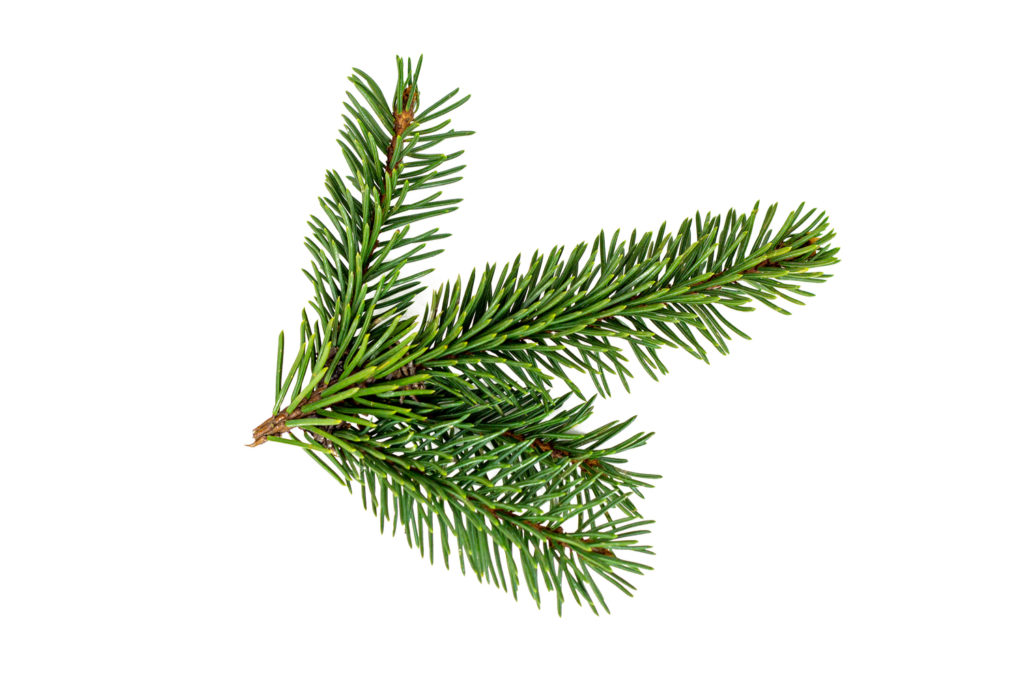
These are the five videos for your conifer identification. You can scan and pause to select a view you would like to sketch.
The next section provides an overview of grasslands with an activity on bird field identification.
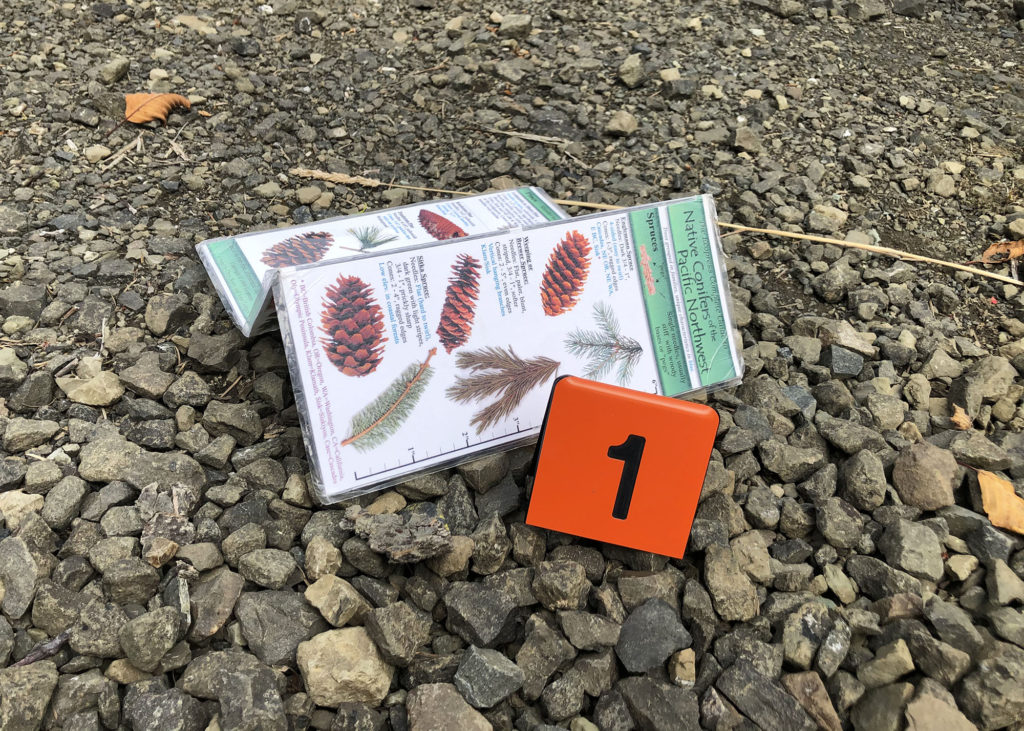
Check your knowledge. Can you:
-
compare and contrast the characteristics of taiga forests, temperate forests, and tropical rainforests?
-
describe characteristics of ferns and mosses, plants commonly found in forests?
-
distinguish between five types of conifers: pine, fir, spruce, cedar, and sequoia?



